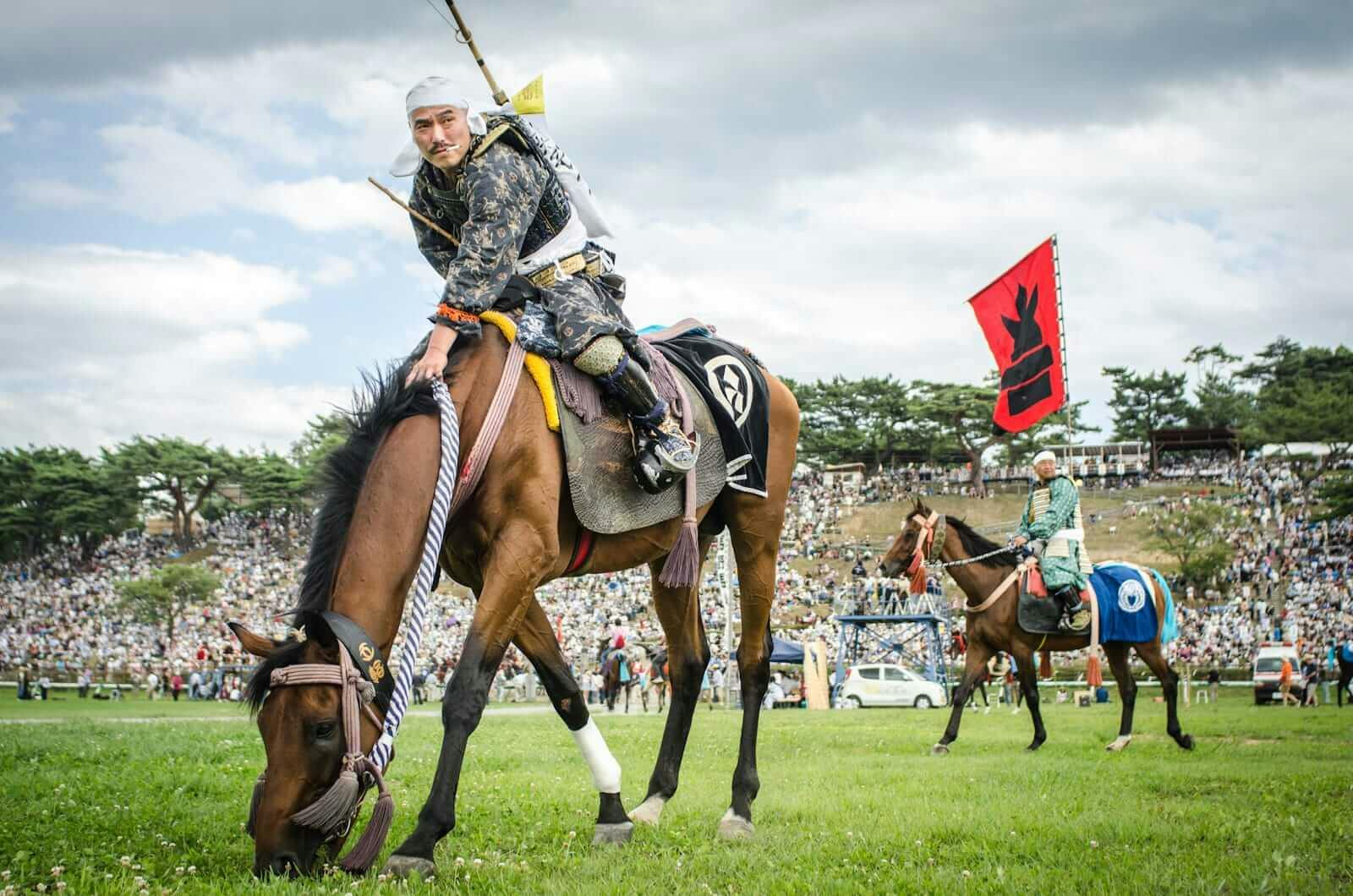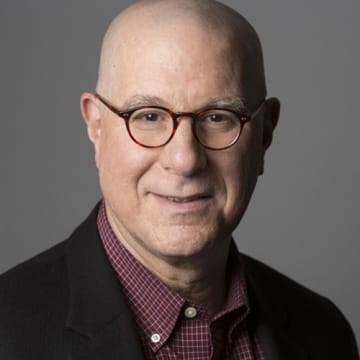There is a yawning gap in the views held by Japanese citizens about their military. Some believe that building a muscular military would—to borrow an ill-starred American phrase—make Japan great (or at least safe) again. Others fear that rearming Japan would be ruinous: a dangerous step on a slippery slope back to wartime militarism. Thom Davies’ evocative photo of the Soma Nomaoi samurai festival offers something for both groups.
Those who would discount the dangers of rearmament—a bloc of voters that now outnumbers the pacifists—might be cheered by the symbolic presence of Japan’s military in its prime. We cannot see the faces or profiles of those who are attending this celebration of ancient warriors, but we surely can imagine pride swelling in the breasts of many as they bask in the sunlight of their fabled heroic past.
It is unlikely that many of the politically-relevant minority who reject Japanese remilitarisation would be in this crowd. But the image of a horse fattening itself on irradiated grass while its rider smokes idly in the saddle—a photo in which neither seems powerful nor prepared to do battle—may conjure for them a reassuringly peaceful future.
But surely few in either group yearn for a day when the Great East Japan Earthquake—the 3.11 tragedy—recedes too deeply in their rear-view mirrors. It is inconceivable that any would wish to cloud memories of that day when nearly 20,000 neighbours and family members were washed away in minutes, and nearly 250,000 more were displaced. More likely, both groups will acknowledge that during the mobilisation of the Self-Defense Forces after 3.11, which was the largest deployment of Japanese forces in postwar history, Japan’s military was neither a fighting force nor a political force to fear. 100,000 uniformed soldiers (nearly half of Japan’s entire uniformed services), swooped in side-by-side with 24,000 American allies to provide humanitarian assistance and disaster relief in Tohoku. That rescue force of soldiers with shovels, rather than guns—or, in this case, bows and arrows—will always be a silver-lined image etched in survivors’ living memories.

